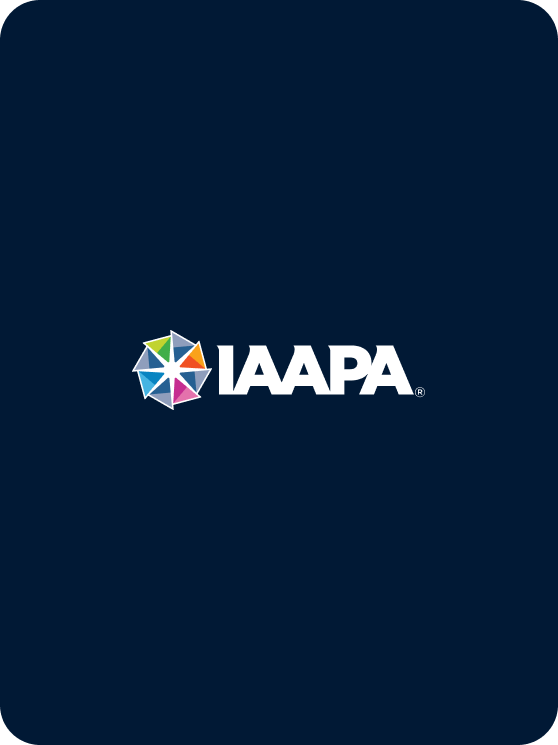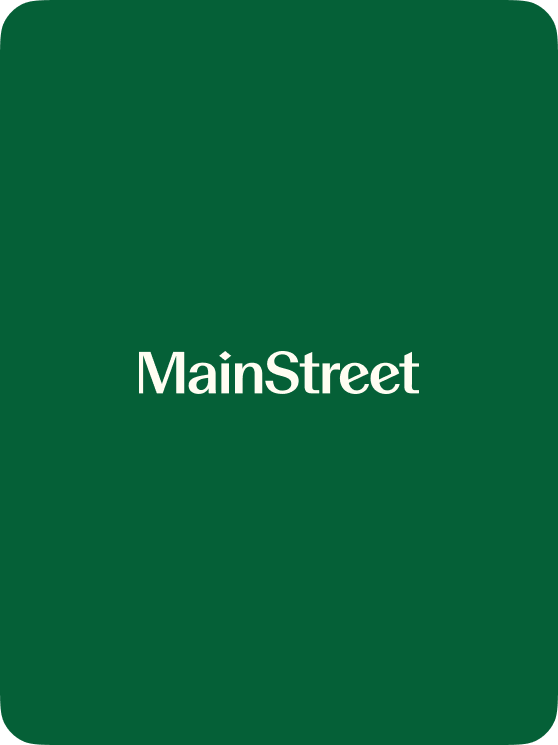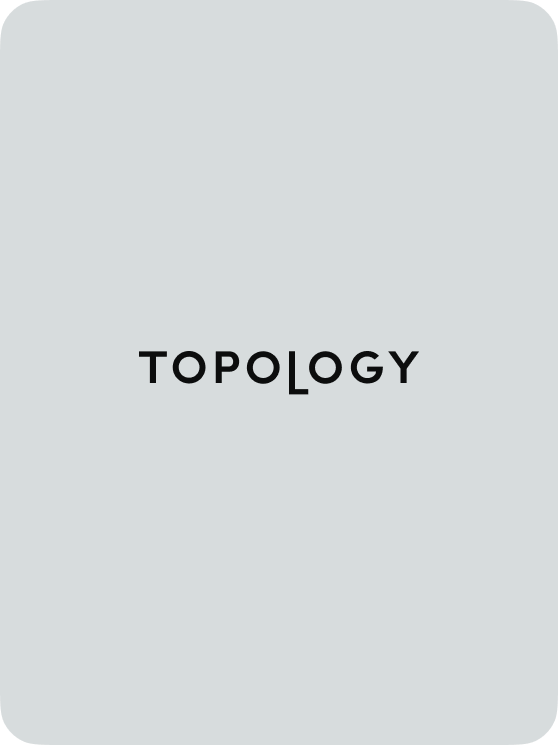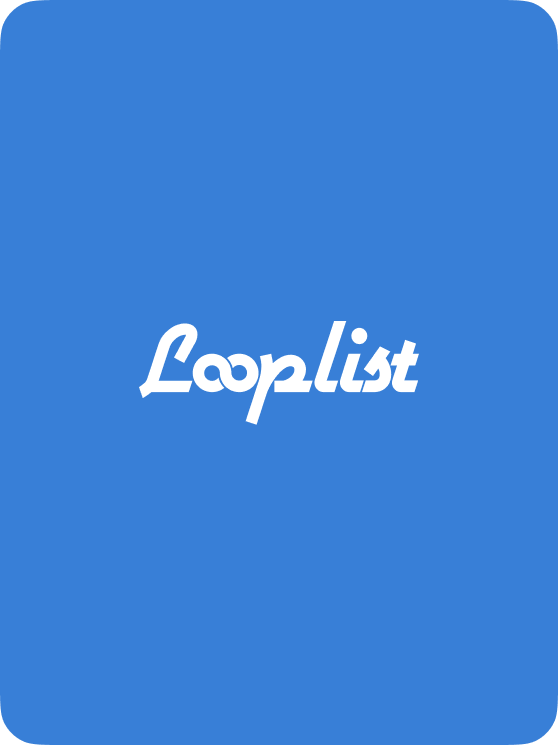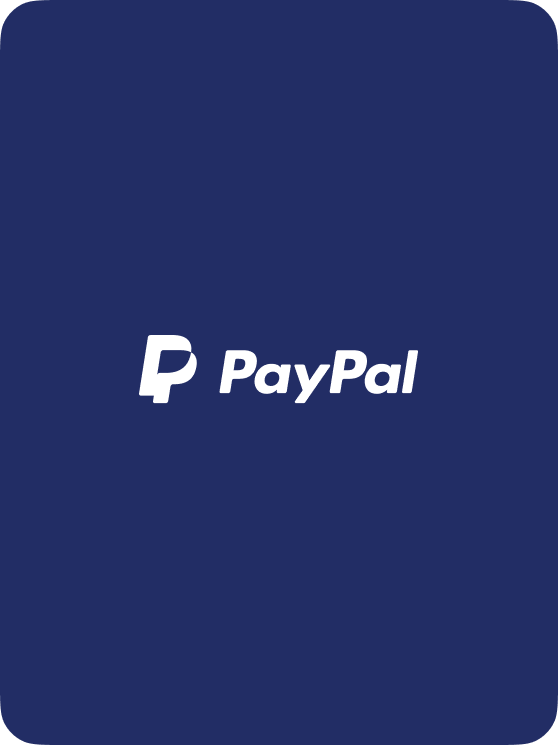Robert Haverly is a systems-thinking product, UI, and UX designer.
With over two decades of professional experience at companies like Sony, PayPal, and YouTube, dozens of start-ups and agencies, and more than half of that experience focused on mobile product, I bring a holistic and methodical approach to interactive product design for desktop, web, and mobile applications, while maintaining a supportive and participatory style of leadership when managing teams.
As a strong believer in emerging technologies, I approach design from both a traditional aspect, as well as integrating AI in to my design, discovery, research, and product development processes.
Career
Recently, my work has been almost entirely on the operational and management side, though my current goal is to return to more hands-on design. Here's a fun timeline:
1998 → 2008: HTML2/CSS1/DHTML/JS/PHP.
The hard knox of webdev. When people meme about the hellscape of IE3 and Netscape Navigator, this is the era they're talking about. This was essentially CSS beta. During this time, I was working directly with the W3C (World Wide Web Consortium) and the CSS WG (CSS Working Group) to test, hack, and find the pathway to modern CSS implementation. This was the era of HTML 2.0, "dynamic HTML" (😆), and CSS level 1. #allTheThings: position: absolute;
2008 → 2012: HTML3/CSS2/JS, Photoshop, Illustrator, Fireworks, Flash
As mobile started to, well... exist, I became fairly infatuated with the concept of tiny portable computers. By the time Apple had released their first phone, the handful of us that were nerdy enough to have access to earlier touch devices, were already knee-deep in conceptual work. Watching the term "user experience" [finally] emerge was one of the most defining moments in my career. This is also when I started transitioning out of engineering full-time, and in to dedicaated design roles at smaller companies and web agencies.
2012 → 2016: Xcode, Android Studio, Photoshop, Illustrator, Sketch, Zeplin
Edging my way in to bigger companies like PayPal and YouTube, hanging out in swankier offices, and creeping closer toward director roles at agencies; these four years were an absolute whirlwind of hyper-focusing on mobile and "product design" as the craft started to become a cohesive idea that people could understand, get behind, and give a budget to. I worked on bigger projects, I worked toward bigger goals, and I got to experience higher levels of both failure and success.
2016 → 2020: Figma, Principal, ProtoPie, design systems, people-managing, sound design, and cybersecurity
The beginning of Figma and a new era of design systems marked a change in process and approach. With this came new tooling, new operations, and new challenges to overcome and adapt to. I also began experimenting with sound design using eurorack synthesis, for both UI elements and ambient music production. Much of my time was also spent studying for the Certified Ethical Hacker v11 course, and working toward a deeper understanding of mobile and web application security.
2021 → 2023: HTML5, CSS3, ES6, SwiftUI, 3D experiments, and modular synthesis
The joys of COVID and the proceeding termoil across tech, resulted in a fairly long break with a few short term contracts sprinked in here and there. This gave me time to learn new skills, and brush up on old ones. While being able to help a couple of very early stage startups kickstart their design process and a grow their design teams was as fun as it always it, most of my own growth during this period has been reconnecting with my engineering past. I had forgotten how much I enjoyed writing code, and it's been a joy to return to. Additionally, I've taken steps to acquire my Certified Ethical Hacker certification.
To dig a bit more granular in to my work history and experience, I'd recommend lurking around my LinkedIn.
A collection of design explorations, interface experiments, and work-in-progress previews that showcase various aspects of my design process—from early wireframes and conceptual mockups to detailed UI components and visual explorations across different projects and platforms.
As weird as it may sound, I'd prefer you just shoot me message on LinkedIn.
Alternatively, you can grab 30 minutes with me via Calendly.
